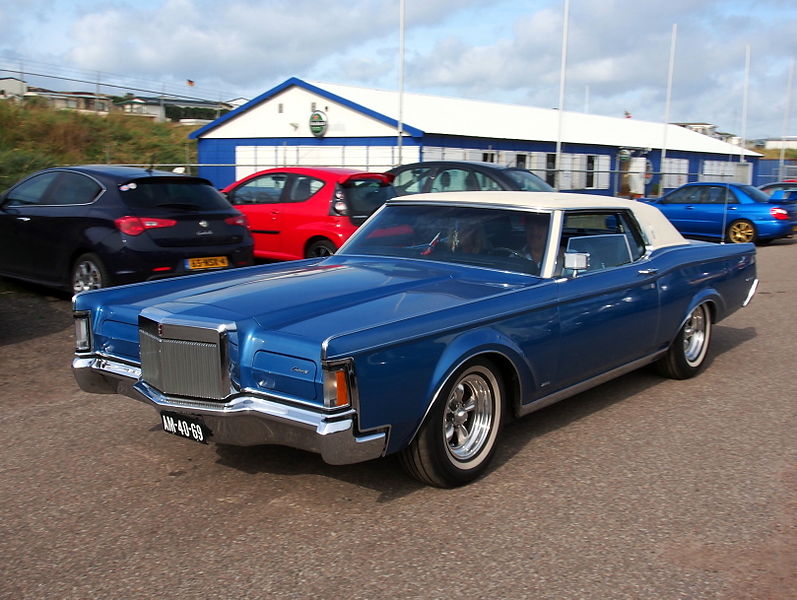Recent Articles
Popular Makes
Body Types
Throwback Thursday: Cool Cars from the 1970s
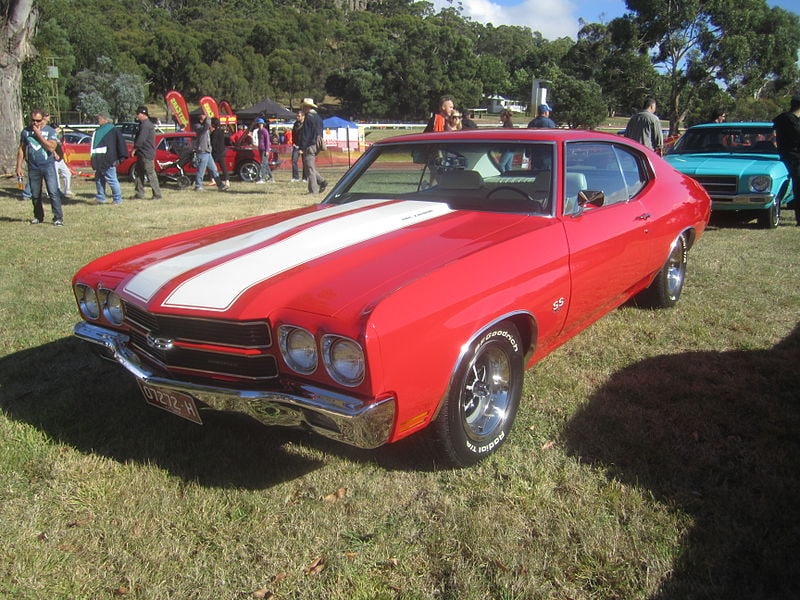
1970 chevy chevelle ・ Photo by Sicnag
The 1970s marked the end of the first golden era of high performance cars. A number of factors congealed during this decade to end the American muscle car wars, among them high fuel prices and ever escalating insurance rates. Horsepower ratings exceeding the 400 mark in 1971 were doing good to register 200 by 1978. It was indeed the end of an era. Meanwhile, one European manufacturer employed a novel supplementary aspiration strategy increase the power of one of its cars and in the process presaged most of today’s performance models. Yes, the cool cars from the 1970s definitely rate a look.
1970 Chevrolet Chevelle SS 454 LS-6
The 1970 Chevelle SS 454 with the LS-6 version of the 454 cubic-inch V8, while officially claimed at its introduction to make some 450 horsepower, has subsequently been demonstrated to produce more along the lines of 500 horsepower and 500 ft-lbs of torque. The SS trim package was offered in coupe, convertible and El Camino (car-based pickup) formats. In addition to the engine, the package included suspension modifications with Goodyear Wide Oval tires on sport wheels, a special “ power dome” hood, a black accented grille with the SS logo, and a black rear bumper insert, also featuring the SS logo.

Photo by Sicnag
1970 Datsun 240Z
While the Americans were trying to blast each other off the road with sheer horsepower, Nissan (then known as Datsun) introduced one of the most beloved sports cars of all time. The 1970 Datsun 240Z was patterned after the Jaguar E-Type. Like the Jag, the Z featured an overhead cam inline six-cylinder, a low-slung two-seat body, and exceptional performance for the price ($3600). The 1970 Datsun 240Z boasted 151 horsepower, 146 ft-lbs of torque, and a 7,000 rpm redline. The rear drive powertrain used a four-speed manual transmission; a three-speed automatic was optional.

Photo by Valder137
1971 DeTomaso Pantera
Offered through Lincoln-Mercury dealerships, the De Tomaso Pantera was a mid-engined rear-wheel drive Italian exotic with a Ford 351 Cleveland (5.8-liter) V8. Its American debut was at the 1970 New York Auto Show. Output for the ’71 was rated at 330 horsepower, though as was apparently common practice back then, this was later found to be low. Actual output was closer to 380. Rack and pinion steering and four-wheel disc brakes were standard equipment, along with power windows and air conditioning. Some 7,000 were built between 1971 and 1991. And yes, Elvis had one.
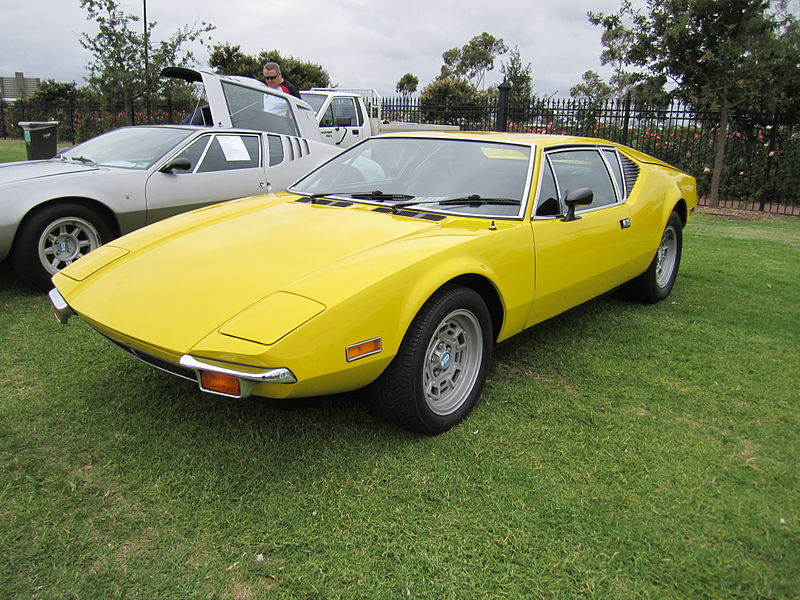
Photo by Sicnag
1970 Dodge Challenger R/T 440 Magnum
The Dodge Challenger nameplate first appeared in 1958, but most people envision the white 1970 Challenger R/T 440 Magnum co-starring with Barry Newman in the film Vanishing Point when they hear the name. Newman’s character, “Kowalski”, was an auto delivery driver with a need for speed (both literal and chemical). Positioned as an upscale pony car along the lines of the Cougar and the Firebird (more so than Mustang and Camaro), output for the 1970 Challenger 440 R/T Magnum was rated at 375 horsepower. The coupe gets the glory, but the Challenger was offered with a convertible roof too.
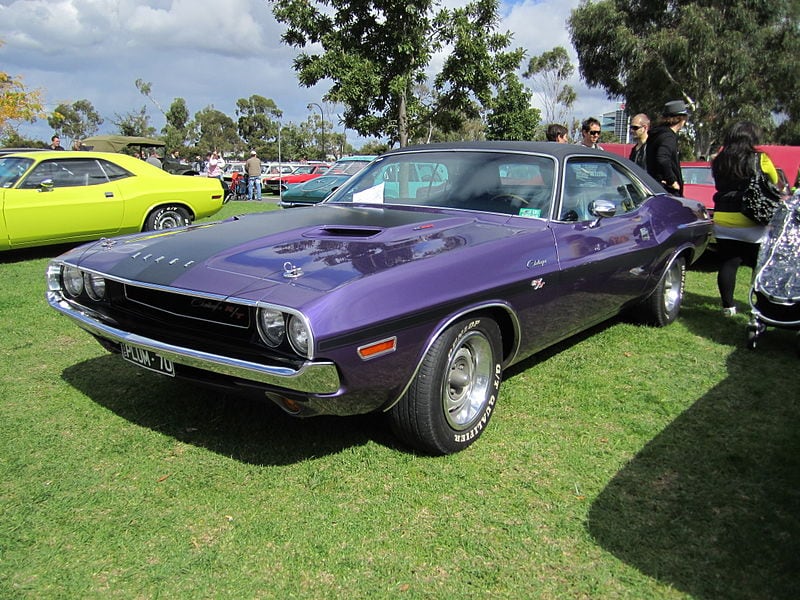
1973 Ferrari 365 GT4 Boxer Berlinetta
First shown at the 1971 Turin Motor Show, the Ferrari 365 GT4 Boxer Berlinetta went on sale in 1973 at the Paris Motor Show. The horizontally opposed 4.4-liter 12-cylinder was mounted behind the driver but ahead of the rear wheels in a longitudinal configuration—above the five-speed manual transmission feeding the Ferrari’s rear wheels. This was patterned after the 1970 Ferrari Formula 1 car. Output was 344 horsepower. Interestingly, the car was never produced for North America; each one sold here was a grey market conversion.
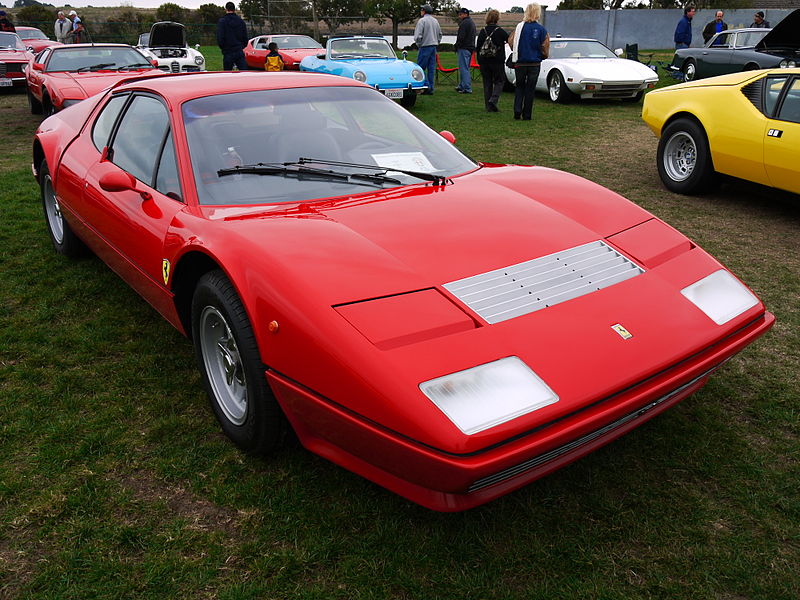
Photo by Craig Howell
1972 Fiat X1/9
Taking the front-drive powertrain from a Fiat 128 sedan and mounting it behind the driver, the mid-engine Fiat X 1/9 was an exotic Italian sports car for the masses. While its power output was nowhere near that of its cousins, the little Fiat offered delightful handling and a healthy helping of style. It came to the United States in 1974 with a 75 horsepower 1.3-liter engine. Designed in the Bertone styling studio by Marcello Gandini (known primarily for his work on Lamborghini’s supercars) the X 1/9 was like no other affordable car of its era.

1974 Lamborghini Countach LP400
The granddaddy of them all, the 1974 Lamborghini Countach is like Miles Davis’ Kind Of Blue album. Anybody who claims to be into Jazz must know the Davis LP. Similarly, anybody who says they’re into sports cars and doesn’t know the Countach is self-delusional. Introduced at the 1971 Geneva Motor Show, a mere 2,049 examples of the car were built between 1974 and 1990. However, its outsized presence in the imaginations of auto enthusiasts would make you think many more were constructed. The first production models ran a 4.0-liter V12 producing 370 horsepower.
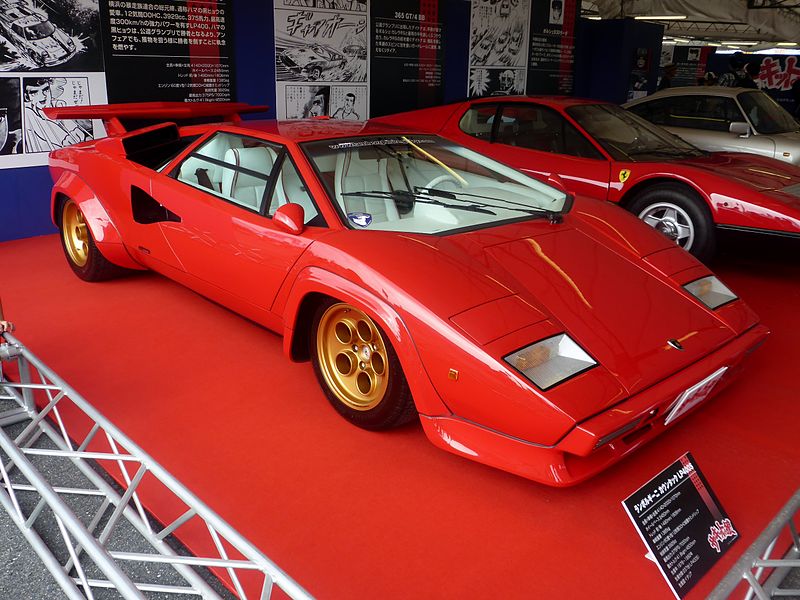
1973 Mercedes-Benz 450SL
While the R107 iteration of the Mercedes SL was introduced in 1971 as the 350SL, everyone usually refers to the car as the 450SL, which was actually introduced for the 1973 model year. In production for 15 years, the R107 Mercedes-Benz is one of the longest running sports cars ever produced. A rolling symbol of the flashiness of the Disco era, everybody who was anybody drove a Mercedes SL in the 70s. The 4.5-liter V8 made 222 horsepower and 278 ft-lbs of torque. American models were fitted exclusively with automatic transmissions.

Photo by dave_7
1973 Pontiac Firebird Trans Am SD-455
The 1973 Pontiac Firebird Trans Am SD-455 offered the last truly high performance engine of the original American muscle car era. The basis for the 7.5-liter (455 cubic-inch) V8 was introduced in 1971 as the 455-HO. But for 1973, Pontiac’s engineering team added a strengthened cylinder block with four-bolt main bearings, forged rods, forged aluminum pistons, and high flow cylinder heads. Additionally, the suspension and braking systems were reworked to improve their performance. Though its 290 horsepower is pretty mild for the pony car genre, this was the last American V8 to approach 300 horsepower in the 1970s.
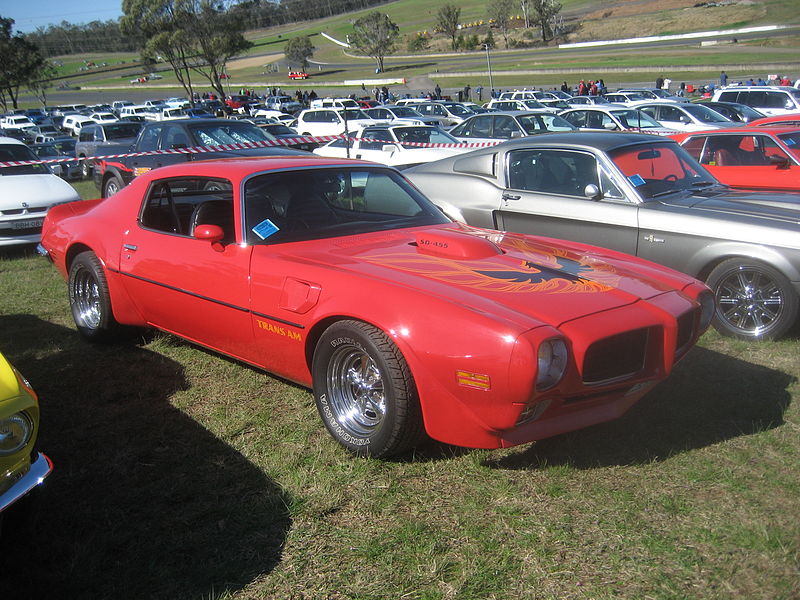
Photo by Sicnag
1971 Lincoln Continental Mark III
The last year of what was arguably the coolest version of the mass-produced Lincoln coupes, the 1971 Mark III ran a 365-horsepower, 460 cubic-inch V8. It featured automatic climate control, anti-lock brakes, high back front seats, and an optional rear seat center console. New from the ground up, the 1971 Eldorado was still bested by the then three-year old Lincoln coupe. Reviewers rated the Lincoln superior as it featured leather upholstery and genuine wood trim where the Cadillac used nylon upholstery and simulated wood trim. The Continental Mark III was arguably a more handsome ride than the Cadillac to boot.
